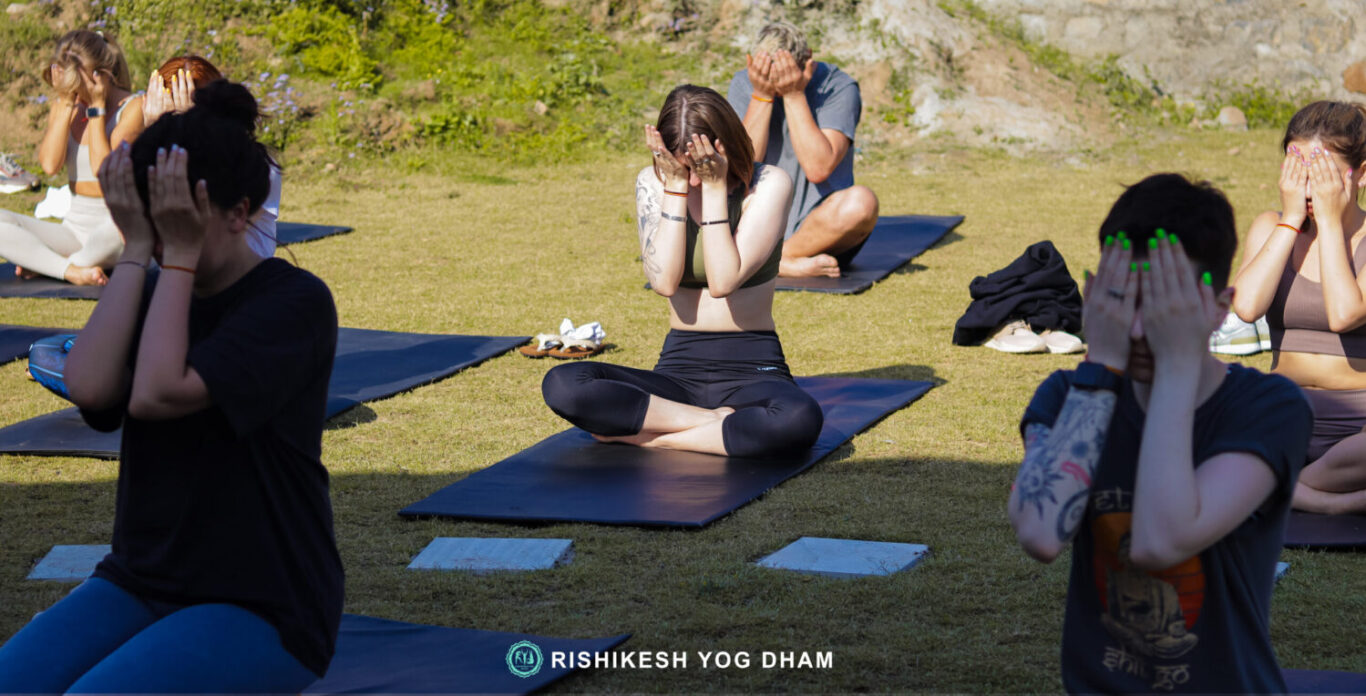The Origin of Yoga is often seen as being linked to the religious context of Hinduism. However, its origins can be seen outside of a religious context. However, some aspects were incorporated into the Hindu faith in India quite early on and believers were able to benefit from them.
Buddhism, which is widespread in India, was also influenced by yoga. The techniques are not tied to any particular religious orientation, but the meditation techniques are equally applicable to all faiths.
The Origin of Yoga can be seen as a collection of different paths that have developed over 5000 years. In 1922, archaeological finds were made in the Indus Valley at Mohenjo Daro, which depicted gods in meditation postures on seals. These finds indicate that these techniques were already practiced 4000 years ago and had cultural importance.

The most important text in all of Origin of Yoga literature can be found in the 2000-year-old “Yoga Sutra” (yoga guide) by the Indian sage Patanjali. He is often referred to as the father of yoga, although not much more is known about him than his name. In 195 mnemonics, he defines yoga as a system for calming the mind, concentrating and gathering oneself. He explains yoga as a holistic path of practice that influences our ability to perceive, improves our understanding of ourselves and can therefore lead us to greater satisfaction in life.
About Origin of Yoga
Regular practice with body, breath and mind is a prerequisite for this. The Origin of Yoga Sutras describe the nature of human consciousness and the possibilities behind liberation from the limitations of consciousness and the abilities that arise from this. The Yoga Sutra is widely accepted as the origin among most great yogis. It is divided into four sections. The first section deals with the state of ecstasy, the second with the path that must be followed. The third section describes the powers that can be acquired and the fourth with the liberation that can be achieved.
Some exercises were probably collected in detail between the 13th and 15th centuries. They were distributed under the title “Hatha Yoga Pradipika” and were practiced by active yoga practitioners. Hatha Yoga, which is popular in the West, has its Origin of Yoga here. The word “Hatha” means effort and means that only with regular practice can the promised goals – health, alignment of the mind, freedom from suffering and influence over all aspects of the body – be achieved.

Traditionally, the Indian god Shiva is seen as the original source of esoteric yoga knowledge. Many works begin with the explanation that Shiva communicated it to his wife Parvati. He was overheard by Matsyendra, the king of the fishes, who later took on human form and became the founder of Hatha Yoga. Krishna, who is one of the most popular Indian deities, is seen as the source of the yoga teachings.
Read More :
How to Release Anger in a Positive Way
Most effective way to Quit Smoking
How to Hydrate with Water
A bewildering number of different yoga techniques have evolved, all of which are part of the yoga process. Various combinations have taken place to form the different yoga paths. Yoga taught in the West today hardly reflects any historical form of yoga. However, this does not invalidate it. The possibilities are wide-ranging, even if the ultimate heights of yogic success can probably only be reached through long practice of the traditional paths.


